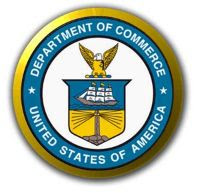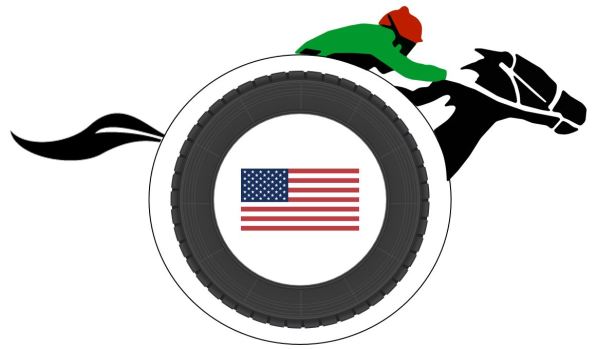A message from RetreadInstead.net:
Madison, TN. (February 04, 2019)
Dear retread industry member, as you know back 2016-early 2017, the U.S. government conducted both an antidumping and a countervailing duty investigation onimported truck and bus tires from China. While significant dumping and subsidies were found by the U.S. Department of Commerce, the U.S. International Trade Commission, in a 3-2 vote, found that the domestic industry was not materially injured or threatened with material injury. As a result, no antidumping duty or countervailing duty order was entered. Imports from China soared in 2018.
The United Steel Workers Union, the petitioner in the original investigation, filed a judicial challenge in the U.S. Court of International Trade in early 2017. The court issued a decision last fall and remanded the final determination of the International Trade Commission to it to reconsider one of the issues in its original determination. The agency was required to submit its remand determination back to the court by January 30th, 2019. The remand determination is a 3-2 affirmative determination, which is obviously very good news.
However, the matter is now back before the U.S. Court of International Trade for additional briefing based on the remand determination with a decision not likely till summer at the earliest. If the court affirms the remand determination and issues a final judgment in the matter, then the Commerce Department should issue antidumping and countervailing duty orders and start collecting cash deposits on imports from China. This would be true even if any party takes an appeal to the U.S. Court of Appeals for the Federal Circuit. If the court has problems with one or more parts of the remand determination, then the court will send the case back to the US International Trade Commission for further review/consideration.
We obviously have a keen interest in seeing imports from China traded fairly as the imports affect retreaders as well as new tire producers. This latest development is an important one but will not result in any change in the marketplace until there is a final decision by the U.S. Court of International Trade. We are monitoring developments and will advise of any important events.
We should continue to update our Senators and Representatives on the importance to the retread market, of the need to ensure that US trade remedy laws remain strong and effective, and that it is to the public’s interest to have political appointments reviewed promptly and, if not rejected, confirmed that all government agencies have the personnel needed to function at full workforce levels.
This is true at USDOC (Assistant Secretary for Enforcement and Compliance has been pending for more than a year and has been renominated since the start of the new Congress), at USITC (two nominees from the 115th Congress have been renominated in January 2019), and in the relevant courts (two nominees for the US Court of International Trade have been renominated in January 2019). It is helpful to us to have government fully staffed. Filling vacancies promptly this year is important.



![]()



